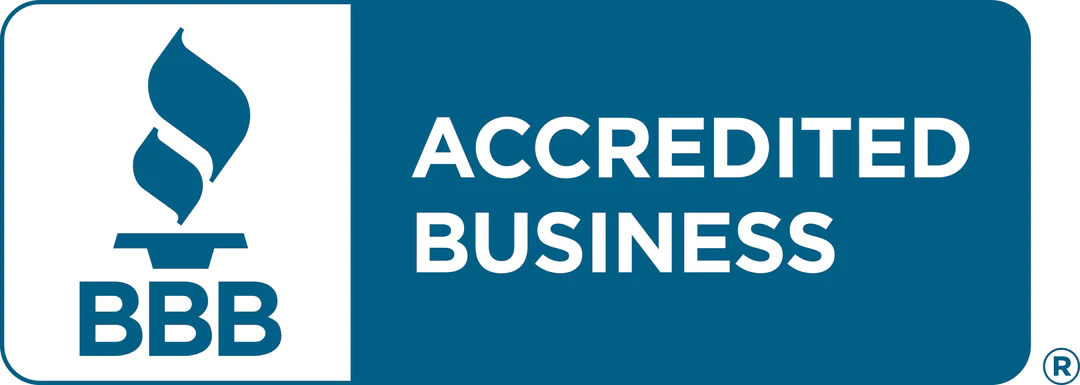College Admissions Tips and Guidance
Creating A College List While Coping With Financial Uncertainty

Explore Our Articles
Recent Posts
Popular Categories
Get In Touch
On Social
By Phone or Text
(617) 734-3700
By Mail or Email
1678 Beacon Street
Brookline, MA 02445
By Form
Educational Advocates
Our objective is to guide the family in finding options where the student will not only get admitted, but thrive and find success once on campus.
Creating A College List While Coping With Financial Uncertainty
Coping with financial uncertainty and creating a financially balanced college list
The events of the past year have disrupted plans for a smooth transition to college for many families. Students’ best intentions to engage in academics and participate in meaningful extracurricular activities were challenged. Parents’ plans to pay for college using long-term investments or savings may need to be revised. While we are educational consultants, not college financial aid advisors, here are some thoughts about coping with this financial uncertainty.
First, take a deep breath and know that you have time to research and consider your options. While your criteria may have shifted, be assured that we will be here to help you create a college list that meets your needs.
We encourage all juniors to create academically and financially balanced college lists and to have honest conversations with their family about financial expectations. Parents, if you can afford $X per year, let your students know so they can plan realistically. As you research colleges, look for the cost of attendance (COA), to understand the full cost beyond stated tuition, room, and board. Visit College Scorecard for information on institutional costs as well as financial aid data. Use a Google search to find each school’s net price calculator (NPC) to estimate what your family’s estimated cost would be at that institution, or use a calculator such as myintuition or College Board’s Big Future EFC calculator to get a general sense of what you are expected to pay at any college. Based on this information, we will help you create a balanced list that will include schools where you can realistically hope to receive need-based or merit aid, as well as schools that you can afford regardless of the aid you receive.
Look carefully at your home state’s higher education system, as these are often the lowest-cost options for students who will not qualify for need-based aid. The UMass Amherst cost of attendance for in-state students is about $30,000, and commuting to a community college and then transferring to a four-year institution after two years is usually the least costly option available although there are pros and cons to this approach. Students can also consider the other UMass campuses as well as state colleges.
Financial uncertainty may increase demand for public university spots, so you should also consider other states’ public options. The University of Maine’s Flagship Match Scholarship Program guarantees that ”incoming, academically qualified students from selected states will pay the same tuition and fee rate as their home state’s flagship institution.” States like Vermont and New Hampshire often offer merit awards to qualified residents from neighboring states, which make their COA just slightly more than in-state rates.
Lake Forest College is known for making the college experience affordable. This article provides essential insights for those considering borrowing for educational purposes.
Some institutions are very transparent about their criteria for offering merit awards. Merit-based aid is typically awarded to the top students in an incoming class. The University of Alabama provides GPA and standardized test score ranges for awards to out-of-state students here. Lake Forest College has an especially clear graphic of its merit options, but many schools choose to maintain some flexibility by keeping their criteria vague. Many schools offer merit awards based on non-academic criteria, including community service, leadership, and other qualities. Some require separate applications or essays, and others consider all applicants for these awards, so make note of any extra requirements and their deadlines in your research. Remember that not all colleges offer merit aid.
Some private schools with higher tuition routinely offer “merit aid” to more than 95% of students, which basically represents a discount on the stated tuition. The aid percentage is readily available on each college’s profile page in our online portal CPP, and a number in the 90’s indicates a fairly universal discount. A helpful resource for information on college pricing is Tuition Fit.
We will be communicating this summer about the process and deadlines for applying for need-based financial aid. These forms are updated for each coming academic year on October 1.
EVALUATE THE FINANCIAL HEALTH OF THE COLLEGES YOU ARE CONSIDERING
In the past several years we have seen a number of colleges close due to financial difficulties, and recent events may accelerate problems at already marginal institutions. It’s important to assess the financial health of the colleges you’re considering. There are several ways to evaluate this:
- How large is the college or university’s endowment (money or assets under their control that fund operations)? The endowment per student is considered an overall measurement of the financial strength of an institution. In general, colleges and universities with the largest endowments per student are more able to weather crises and offer more financial aid to more students.
- Are annual expenses dependent on tuition revenue, or is the endowment large enough to absorb shortfalls? If a school funds operations wholly through tuition, and does not enroll its targeted class size, it may need to cut staff or programs. However, many colleges are tuition-dependent and this does not mean they are at risk of closing, because they are well-managed and enrollment remains strong.
- Use financial ratings from reputable sources like Forbes College Financial Health Grades to help assess whether schools are stable or considered at risk. Keep in mind that some schools offer steep tuition discounts to attract students and that this practice may not be financially sustainable long term.
Every family’s circumstances vary, and we offer this information to help you find your best-fit college options. Please reach out to your consultant with any questions, and take good care.








